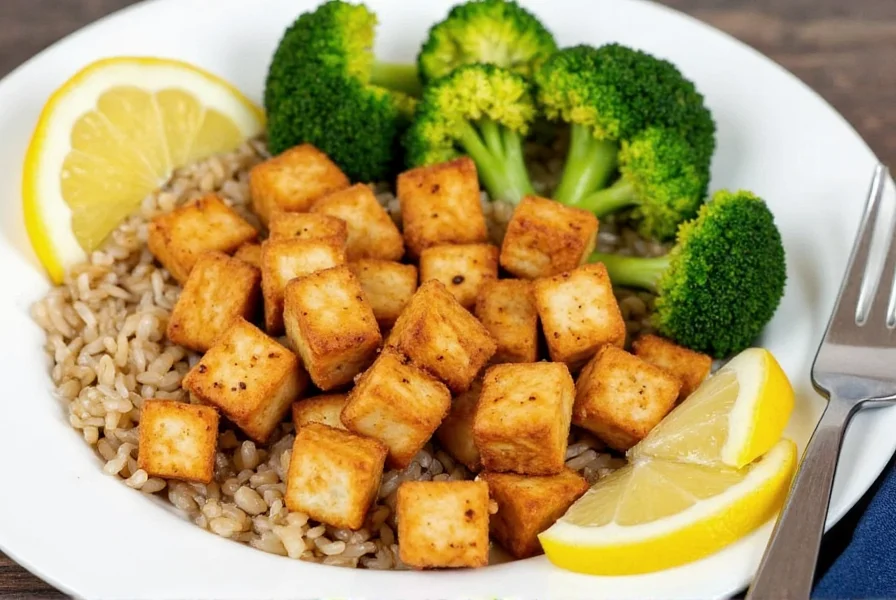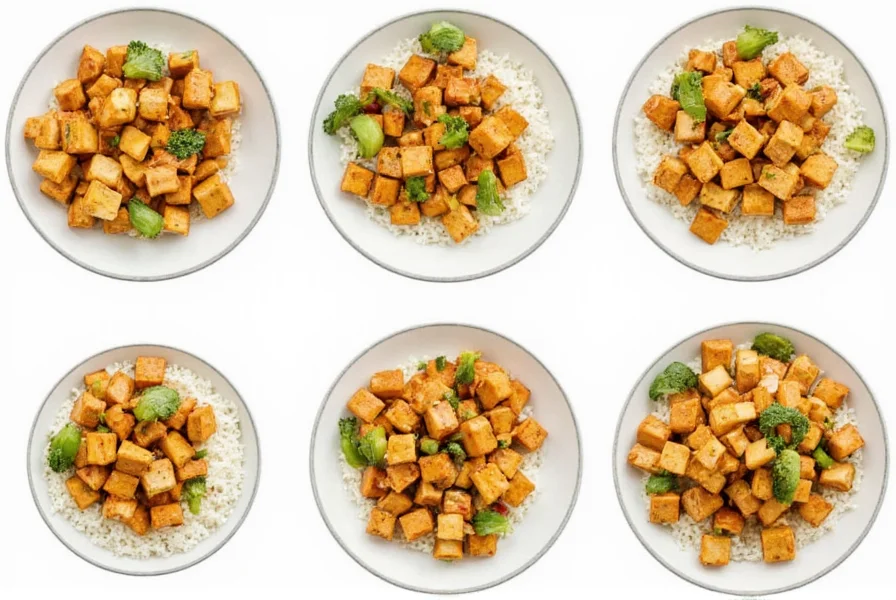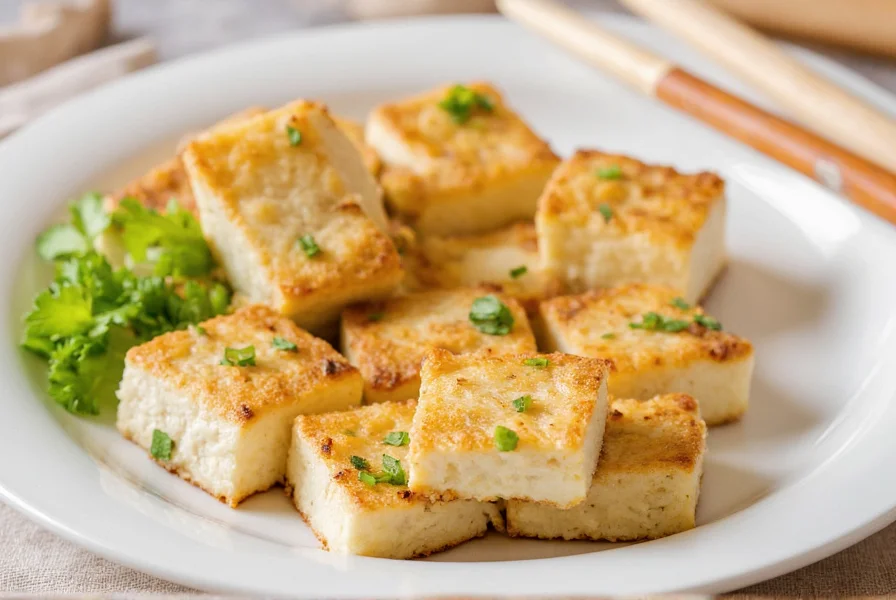Creating perfectly crispy lemon pepper tofu requires understanding tofu preparation techniques that maximize texture and flavor absorption. Unlike many online recipes that yield soggy results, this method focuses on proper pressing, strategic marinating, and precise cooking temperatures to achieve restaurant-quality results at home.
The Science Behind Crispy Tofu
Tofu's high water content is the primary obstacle to achieving crispiness. When extra-firm tofu contains approximately 85% water, proper pressing becomes essential. By removing excess moisture through a 30-minute pressing process using weighted plates, you create a denser protein structure that browns beautifully without steaming in the pan.
Essential Ingredients for Flavor Balance
The magic of lemon pepper tofu lies in the seasoning ratio. Many recipes overwhelm with excessive pepper or artificial lemon flavor. Our tested formula uses:
- 1 block (14 oz) extra-firm tofu, pressed
- 2 tbsp cornstarch (critical for crispiness)
- 2 tbsp fresh lemon juice (not bottled)
- 1½ tsp freshly cracked black pepper
- 1 tsp lemon zest
- 1 tbsp low-sodium soy sauce
- 1 tbsp olive oil
- ½ tsp garlic powder
| Cooking Method | Time | Temperature | Best For |
|---|---|---|---|
| Pan-frying | 12-15 minutes | Medium-high | Immediate serving |
| Air frying | 15 minutes | 400°F | Meal prep batches |
| Baking | 25 minutes | 425°F | Crispy edges preference |
Step-by-Step Preparation Guide
Pressing the tofu: Wrap the tofu block in clean kitchen towels and place between two cutting boards. Add a 2-3 pound weight (like a cast iron skillet) on top for 30 minutes. This removes approximately ¼ cup of water, dramatically improving texture.
Cutting technique: Slice pressed tofu into ¾-inch cubes. Larger pieces maintain moisture better during cooking while providing sufficient surface area for crispiness.
Dry coating: Toss tofu cubes with cornstarch until evenly coated. This creates a barrier that prevents oil absorption while promoting browning. For extra-crispy results, refrigerate coated tofu for 15 minutes before cooking.
Cooking process: Heat oil in non-stick skillet over medium-high heat. Arrange tofu in single layer without crowding. Cook undisturbed for 4-5 minutes until golden brown, then flip and repeat. Proper spacing prevents steaming and ensures even crisping.
Seasoning application: In a small bowl, combine lemon juice, lemon zest, black pepper, and garlic powder. After tofu achieves golden crust, reduce heat to medium and pour seasoning mixture over tofu. Gently toss for 60-90 seconds until sauce reduces and clings to tofu.
Pro Tips for Restaurant-Quality Results
Many home cooks make the mistake of adding lemon juice too early, causing the tofu to steam rather than crisp. The key is applying the acidic component only after achieving maximum browning. For enhanced flavor complexity, try these professional techniques:
- Add ½ tsp onion powder to the dry rub for umami depth
- Sprinkle with toasted sesame seeds before serving
- Finish with a drizzle of high-quality extra virgin olive oil
- Use freshly cracked Tellicherry peppercorns for superior flavor
Common Preparation Mistakes to Avoid
Understanding what not to do is as important as following the recipe correctly. The most frequent errors include:
- Skipping the pressing step (results in soggy tofu)
- Using silken or soft tofu (wrong texture profile)
- Crowding the pan during cooking (causes steaming)
- Adding lemon juice before achieving proper browning
- Over-marinating (breaks down tofu structure)
Serving Suggestions and Pairings
Lemon pepper tofu shines as a versatile protein component. For balanced nutrition and complementary flavors, pair with:
- Steamed broccoli and carrots for classic lemon-pepper pairing
- Quinoa or brown rice for complete protein meal
- Avocado slices to balance citrus acidity
- Simple green salad with light vinaigrette

Storage and Reheating Guidelines
Proper storage maintains texture for meal prep success. Store cooled tofu in airtight container with paper towel lining to absorb excess moisture. Refrigerate for up to 4 days. For best reheating results:
- Air fryer: 350°F for 5-7 minutes
- Oven: 375°F on baking sheet for 10 minutes
- Skillet: Medium heat with 1 tsp oil for 3-4 minutes
Microwaving is not recommended as it destroys the crispy texture. When properly reheated, lemon pepper tofu regains approximately 85% of its initial crispiness.
Adaptations for Dietary Preferences
This base recipe accommodates various dietary needs without compromising flavor:
- Gluten-free: Use tamari instead of soy sauce
- Lower sodium: Reduce soy sauce by 50% and add 1 tsp nutritional yeast
- Extra protein: Add 1 tbsp hemp seeds to dry rub
- Vegan parmesan topping: Mix 2 tbsp nutritional yeast with 1 tbsp almond flour












 浙公网安备
33010002000092号
浙公网安备
33010002000092号 浙B2-20120091-4
浙B2-20120091-4